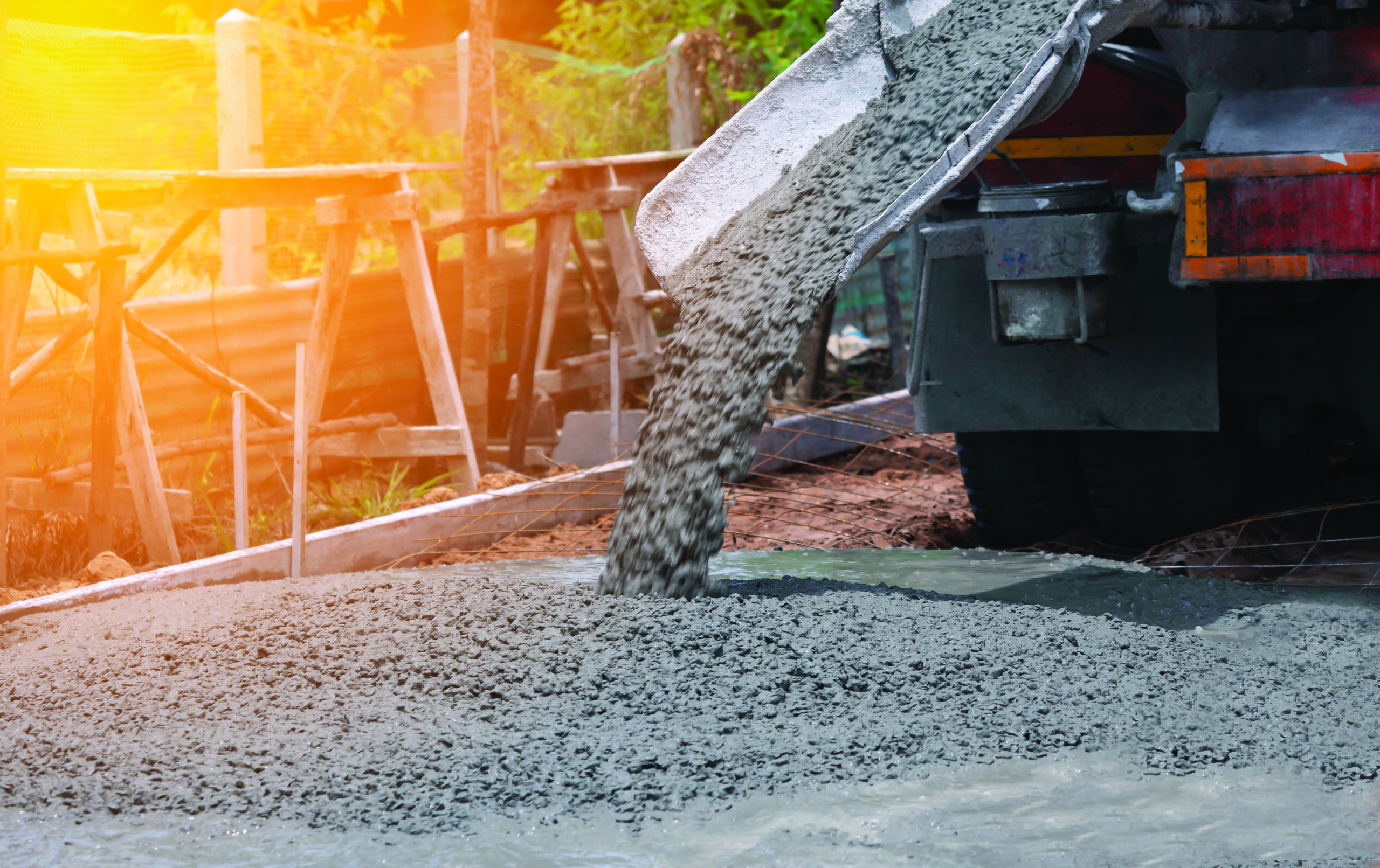While Canada’s construction industry appears to be somewhat more stable than in the previous quarter, with the exception of the infrastructure sector, the mood remains noticeably less upbeat than during most of last year, report the Royal Institution of Chartered Surveyors (RICS) and the Canadian Institute of Quantity Surveyors (CIQS) their Q2 2025 Canada Construction Monitor.
The headline Construction Sentiment Index (CSI) posted a reading of plus-six in Q2, marking a small improvement compared to the figure of negative-three returned in Q1, but the organizations acknowledge that tariff-induced uncertainty is still clearly evident in the sector, with the latest reading significantly more subdued than the average score of plus-21 seen over the previous 12 months.
Survey respondents noted a strong rebound across infrastructure over the latest survey period, however, with a net balance of more than 40 per cent of respondents in that segment reporting an increase in infrastructure workloads during the second quarter. That is the strongest reading in the series since early 2023. The net balance is the proportion of respondents reporting a rise in a variable minus those reporting a fall.
Within the infrastructure figures, the social infrastructure sub-sector recorded the most notable uplift, with water and waste as well as transport also seeing a marked improvement. Agribusiness was the only infrastructure category in which workloads did not reportedly rise during Q2. Activity was largely flat in that sub-sector.
Outside the more resilient infrastructure sector, the indicator tracking private residential activity slipped deeper into negative territory, registering a net balance of negative-34 per cent. This is the weakest reading across the sector since the survey was formed in late 2019. That contrasts to some apparent improvement in market conditions in the private non-residential and commercial segments.
While still in negative territory, the net balance for those sub-sectors indicated a less unfavourable market, coming in at negative-six per cent. This was an improvement over the negative-18 per cent posted in the previous quarterly report.
Looking ahead at 12-month expectations, workloads in the infrastructure sector continue to stand out as displaying the strongest growth prospects over the year ahead. Survey respondents in that sector of Canada’s construction space upgraded their projections significantly in Q2, with the latest net balance figure coming in at 56 per cent – the most upbeat it has been since 2022.
At the national level, the construction sector is expecting to be hiring over the next 12 months. A net balance of 17 per cent of respondents foresee headcounts rising, up from the net of six per cent last report. Alongside this, respondents are now of the view that profit margins will see minimal change over the course of the next 12-month, paring back some of negativity seen in the previous iteration of the survey.
“Despite growing uncertainty in the residential and non-residential sectors and continued concern regarding the U.S. tariffs, rising material costs and continued skills shortages, infrastructure workloads saw the strongest pickup since early 2023,” commented Sheila Lennon, chief executive officer of CIQS. “This infrastructure growth offers significant opportunities for quantity surveyors, as they play a critical role in forecasting costs and ensuring project efficiency to manage risk and maintain financial stability of projects.”



